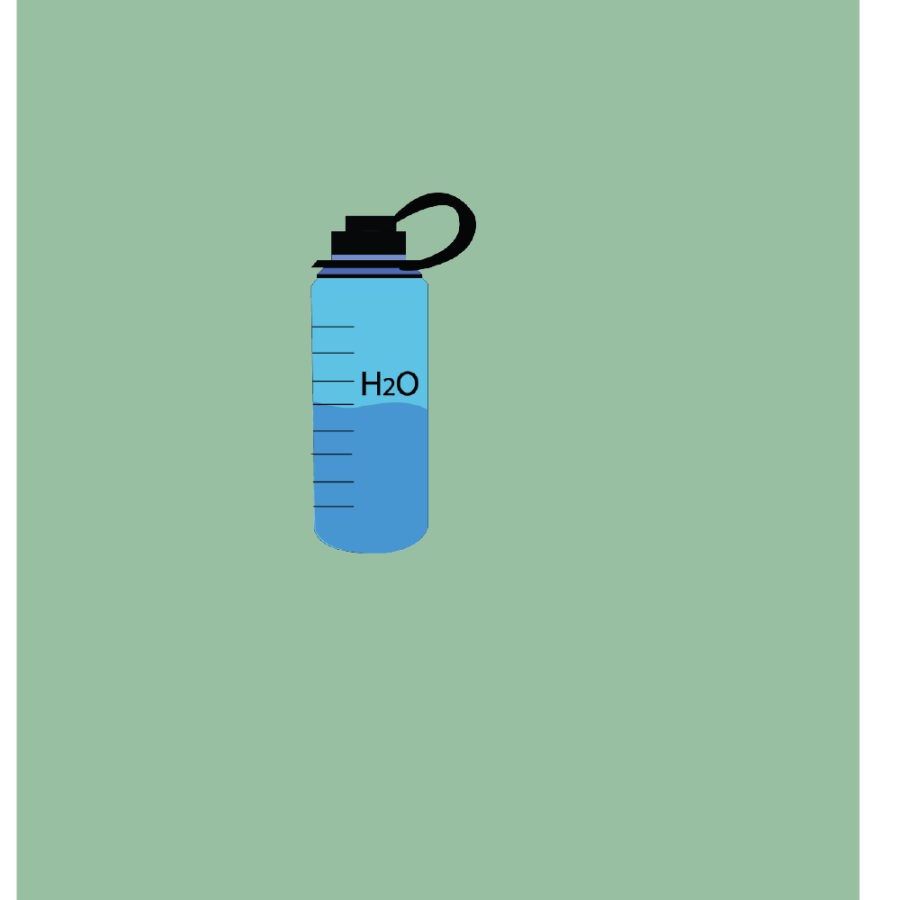The Importance of Water Bottles
November 1, 2017
One of the most often preached statements by coaches and youth health experts is that students need to be hydrating at school. The recommended amount is eight glasses of water spaced out through the day. Students must be allowed to carry water bottles at school to meet their hydration needs.
According to Kristen E. D’anci, a psychological researcher at Tufts University, even low amounts of dehydration can affect alertness in children. When you feel thirsty, are you really focusing on your work?
East has an open policy on water bottles in the classroom, with most teachers allowing students to have them as long as they do not spill or make noises with it. Other schools in Columbus are not as open to water bottles as East is.
At Northside Middle School, students need a doctor’s note to carry a water bottle at school. There are water fountains around the school that students can use during passing periods, but students may be rushed and not have time to think about using one.
“At least we have water fountains but that means we have to get out of class to get a drink which is bad because we miss class,” said Alejandro Leon, a seventh grade student at Northside.
Is it really necessary for students to miss class to be hydrated and have better focus?
Northside teacher’s assistant and ELL teacher Jennifer Ryan explains the rule from the faculty’s point of view.
“It is just a distraction if water spills all over the floor or on a desk. The main reason is so that it is not spilled on Chromebooks,” said Ryan.
Central also uses Chromebooks heavily, but has an open water bottle policy.
Hydration is very important for athletic and student success. And not allowing an easy access to water may hinder the academic success of students.







Carter Ward • Nov 2, 2017 at 8:18 am
Good job sean